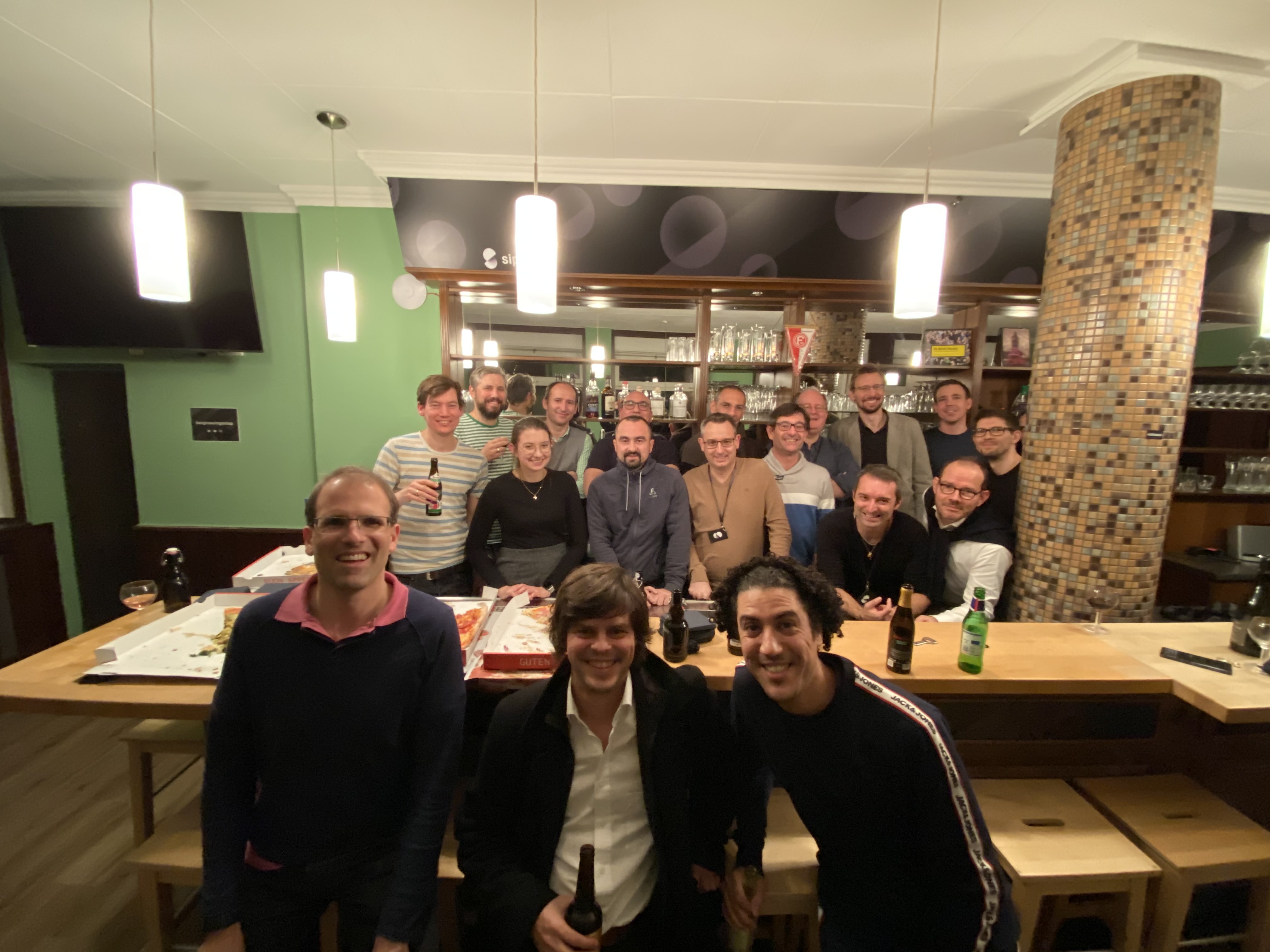Introduction
As already mentioned We're focused on delivering a Cloud-Native telecom solution with all the bells and whistles in the next months. The Cloud Native Computing Foundation defines:
Cloud native technologies empower organizations to build and run scalable applications in modern, dynamic environments such as public, private, and hybrid clouds. Containers, service meshes, microservices, immutable infrastructure, and declarative APIs exemplify this approach.
In our pursuit of enabling companies to build their IP communication infrastructure and deliver innovative communication services with our open-source, API-centric solutions we could not avoid enabling our users to deploy Wazo Platform on a cloud solution as easy as possible.
We started with a deployment of our C4 (Class 4) SBC and routing solution on a Kubernetes Cluster through a Helm chart.

